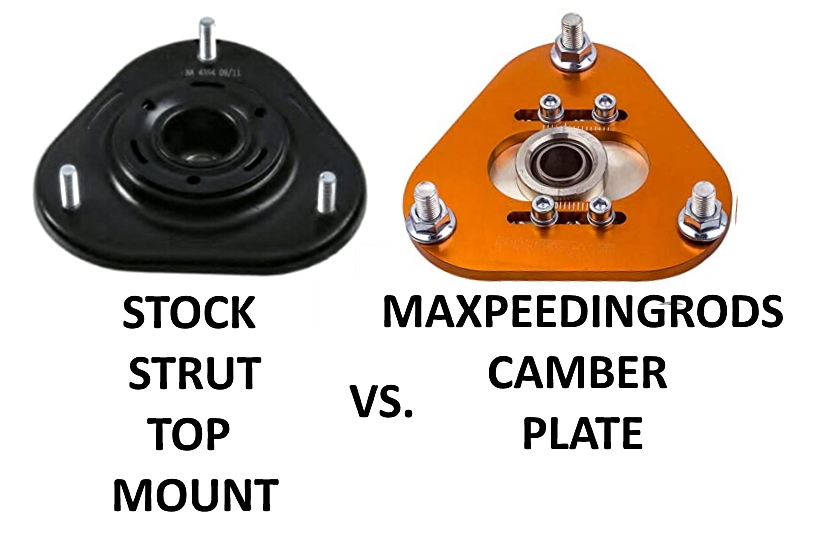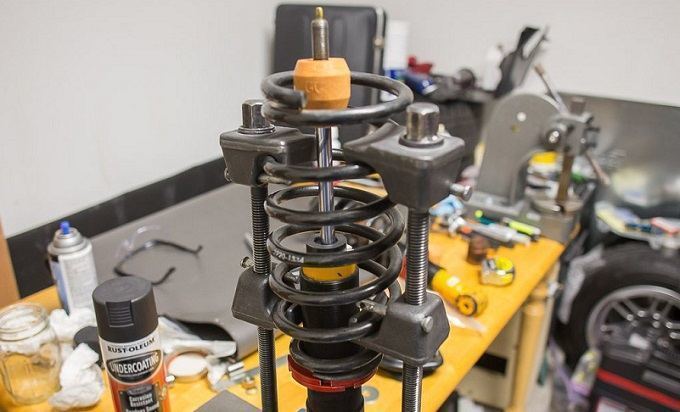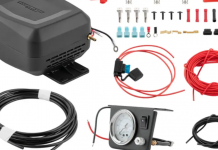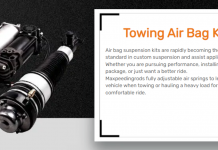Different Camber set ups, both positive and negative, and the effects of too much camber (extreme and demon camber) can have on your car. If your vehicle allows you to adjust the camber, then be sure to refer to the owner’s manual so that you know the proper number of degrees to tilt your wheels at. It is highly recommended that you let a professional to do the cambering work if you’ve never done it before.

How to choose the right camber plates for your car?
Choosing the right camber plates for your car depends on several factors. The first is the application of your vehicle and the type of racing you intend to do. Stock vehicles that are driven in normal day-to-day conditions and are not used for racing usually don’t benefit significantly from camber plates. On the other hand, vehicles used for track days, circuit racing, drifting and other types of amateur or professional racing can greatly benefit from camber plates because they allow a vehicle to a) make the most out of its suspension setup and b) to have much greater suspension setting versatility.
The latter is especially important because it goes hand in hand with various suspension mods and changing power levels, allowing the suspension to better adapt to an ever-evolving build. When choosing camber plates you have to make sure that they offer the desired range of adjustment for your vehicle that will suit your application. Drifting usually requires a larger range of adjustments compared to circuit racing or autocross for example. You also want to pay attention to the materials and hardware used on the camber plates. High-quality aluminum alloys are a great choice because they are strong, lightweight, and won’t fall prey to rust. You also want high quality and high strength bolting hardware that ensures your camber plates retain their settings in all conditions. Another important factor to consider is rubber vs pillow-ball camber plates. Rubber has the advantage of offering noticeably higher comfort so it’s more suitable for street applications. On the other hand, rubber does deflect and change shape under load which is why pillow balls, although less comfortable, will be a superior choice for track-oriented applications.

How to install camber plates?
Installing camber plates is a rather simple process and it’s quick once you remove the struts from your vehicle. Here are the steps you should take to properly perform a camber adjustment on your vehicle.
Step 1: Jack or lift the vehicle from the ground.
Step 2: Loosen any components that keep the strut connected to the car and the rest of your suspension. These often include but are not limited to: wheel hubs, control arms, sway bar links, radius rods, etc.
Step 3: Once the strut is free from all suspension components you can finish the removal by unbolting the top mount nuts and removing the strut from the car.
Step 4: With the strut out of the car, you will need spring compressors to compress the spring and remove the spring load from the top mount.
Step 5: With the spring compressed loosed the bolt in the center of the top mount which holds the mount connected to the shock absorber. Do not loosen this mount with an impact gun as this could distort the position of the spring compressors and cause injury and/or damage to the strut.
Step 6: Once the stock top mount is removed simply install the new camber plate in its place and tighten the top nut.
Step 7: Install your strut back into your vehicle and reconnect all suspension components.
Step 8: You can now proceed to adjust the camber.
MaXpeedingRods camber adjustment
Adjusting MaXpeedingRods camber plates is extremely easy. All you will need is an allen wrench to loosen the four camber adjustment bolts. Once the bolts are loosened simply move the strut to the desired position. Once the adjustment marks are in the desired position tighten the allen bolts and you are all set. It’s that simple. Be sure to adjust camber only a bit at a time and test drive your vehicle to gauge the effects of the new settings. Never adjust camber from one extreme to the other as this could severely affect vehicle handling and compromise your safety.





